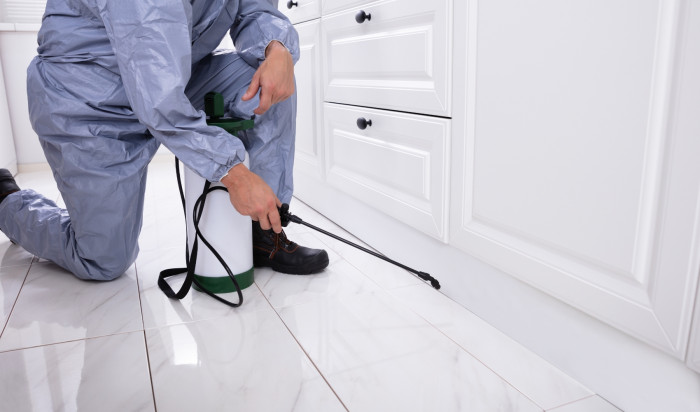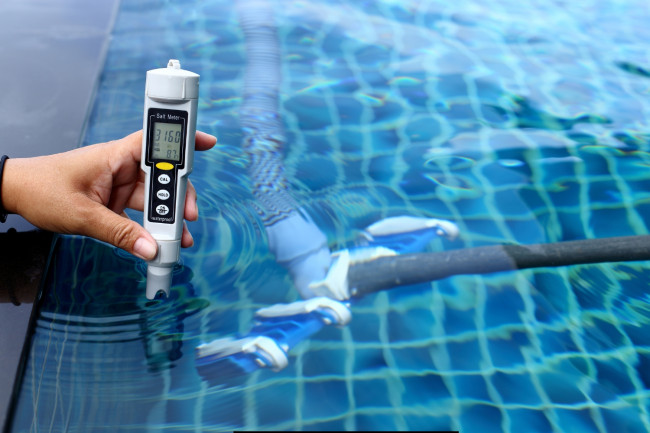
Introduction:
Pests, small yet mighty in their ability to wreak havoc, are unwelcome guests in any home or business. From rodents scurrying in the walls to termites quietly devouring wooden structures, these intruders pose serious risks to both property and health. Ignoring pest infestations may seem tempting in the short term, but the consequences can be dire. In this comprehensive guide, we delve into the various risks associated with neglecting pest infestations and emphasize the importance of proactive pest control measures.
Structural Damage:
Pests such as termites, carpenter ants, and wood-boring beetles have a voracious appetite for structural materials like wood. Left unchecked, they can cause significant damage to the integrity of buildings, compromising their safety and longevity. Termites, in particular, are notorious for their ability to silently consume wooden structures from the inside out, often leading to costly repairs and structural instability. Regular inspections and timely pest control interventions are essential to safeguarding the structural integrity of homes and businesses.
Health Hazards:
In addition to being an annoyance, pests can seriously endanger both human and pet health. Rodents, insects, and other pests can carry and transmit various pathogens, including bacteria, viruses, and parasites. For example, cockroaches are known carriers of allergens and disease-causing bacteria such as Salmonella and E. coli. Additionally, rodent infestations can result in the spread of diseases like Hantavirus and Leptospirosis through contaminated droppings and urine. Ignoring pest infestations increases the likelihood of exposure to these health hazards, putting occupants at risk of illness and infection.
Contamination of Food and Water Sources:
Pests have a knack for infiltrating food storage areas and contaminating supplies with their feces, urine, and saliva. This contamination can render food and water unfit for consumption, leading to foodborne illnesses and gastrointestinal disorders. In commercial settings such as restaurants, food processing facilities, and warehouses, pest infestations can result in regulatory violations, financial losses, and reputational damage. Implementing stringent pest control measures is crucial for preserving the safety and integrity of food and water sources.
Damage to Personal Property:
Beyond structural damage, pests can also wreak havoc on personal belongings and possessions. From clothing and upholstery to electronic devices and documents, no item is safe from the destructive tendencies of certain pests. Clothes moths, for instance, feed on natural fibers like wool and silk, causing irreparable damage to fabrics. Meanwhile, silverfish and booklice thrive in humid environments and can devour paper-based materials such as books, photographs, and important documents. Neglecting pest infestations puts valuable possessions at risk and can result in significant financial losses.
Negative Impact on Business:
For businesses, the consequences of ignoring pest infestations extend beyond property damage and health hazards. Pest infestations can tarnish a company's reputation, drive away customers, and lead to revenue losses. In industries such as hospitality, retail, and food service, the presence of pests can be particularly damaging, as it undermines trust and credibility. Moreover, businesses may face legal repercussions and regulatory fines for failing to maintain a pest-free environment. Investing in top-notch pest control services is essential for safeguarding the reputation and profitability of businesses.
Escalation of Infestations:
Pests are notorious for their ability to reproduce rapidly and establish thriving colonies in favorable environments. What may start as a minor infestation can quickly escalate into a full-blown crisis if left unchecked. Without prompt intervention, pests can spread throughout a property, making eradication more challenging and costly. Additionally, certain pests, such as bed bugs and cockroaches, are adept at hiding in cracks, crevices, and other inaccessible areas, making detection and elimination difficult for untrained individuals. Early detection and proactive pest control measures are crucial for preventing infestations from spiraling out of control.
Environmental Impacts:
The repercussions of pest infestations extend beyond the confines of buildings and homes, impacting the surrounding environment as well. Some pest control methods, such as indiscriminate pesticide use, can have adverse effects on ecosystems and non-target species. For example, the widespread use of chemical pesticides can contaminate soil, waterways, and air, harming beneficial insects, birds, and other wildlife. Additionally, certain pests, such as invasive species, can disrupt native ecosystems and threaten biodiversity. Integrated Pest Management (IPM) practices, which emphasize environmentally responsible pest control strategies, offer a sustainable approach to managing pest populations while minimizing ecological harm.
Psychological Distress:
Living or working in an environment infested with pests can take a toll on mental well-being. The constant presence of pests, coupled with the anxiety and stress they induce, can lead to feelings of helplessness, frustration, and discomfort. Individuals may experience heightened levels of stress, sleep disturbances, and even symptoms of anxiety or depression as a result of ongoing pest infestations. Children, in particular, may be susceptible to emotional distress and behavioural issues stemming from the fear and discomfort associated with pests. Addressing pest infestations promptly through effective pest control measures is essential for preserving mental health and overall quality of life.
Note: Join our Pest Control Panel at Australia Day Out! Submit guest posts and offer your expertise on effective pest management techniques.
Transmission of Allergens and Asthma Triggers:
Pests are not only carriers of disease-causing pathogens but also sources of allergens and asthma triggers. Dust mites, cockroaches, rodents, and certain insects produce proteins that can trigger allergic reactions and exacerbate respiratory conditions such as asthma and rhinitis. Individuals with allergies or asthma are especially vulnerable to the adverse effects of pest infestations, as exposure to pest allergens can lead to respiratory symptoms ranging from sneezing and coughing to wheezing and shortness of breath. Implementing pest control measures to reduce allergen exposure is crucial for managing respiratory conditions and improving indoor air quality.
Conclusion:
Ignoring pest infestations can lead to a myriad of adverse consequences, including structural damage, health hazards, contamination of food and water sources, damage to personal property, negative impact on business, escalation of infestations, environmental impacts, psychological distress, transmission of allergens and asthma triggers, and legal and regulatory consequences. By prioritizing pest control and implementing proactive measures, individuals and businesses can mitigate these risks, protect their health and assets, and promote a safe, healthy environment for all occupants. From regular inspections and sanitation practices to professional pest control interventions, taking proactive steps to prevent and manage pest infestations is essential for safeguarding well-being and ensuring peace of mind. Don't let pests take control—take action today to secure a pest-free future.
















